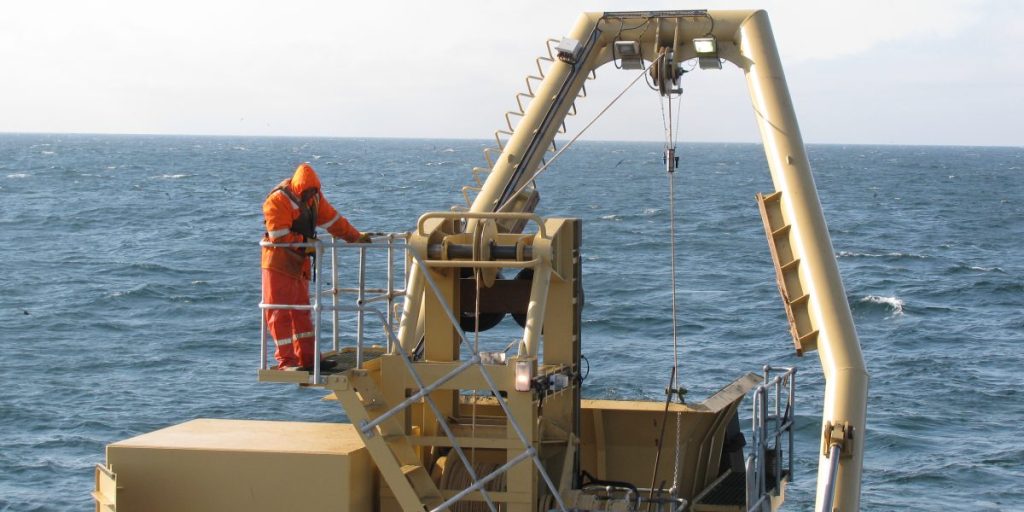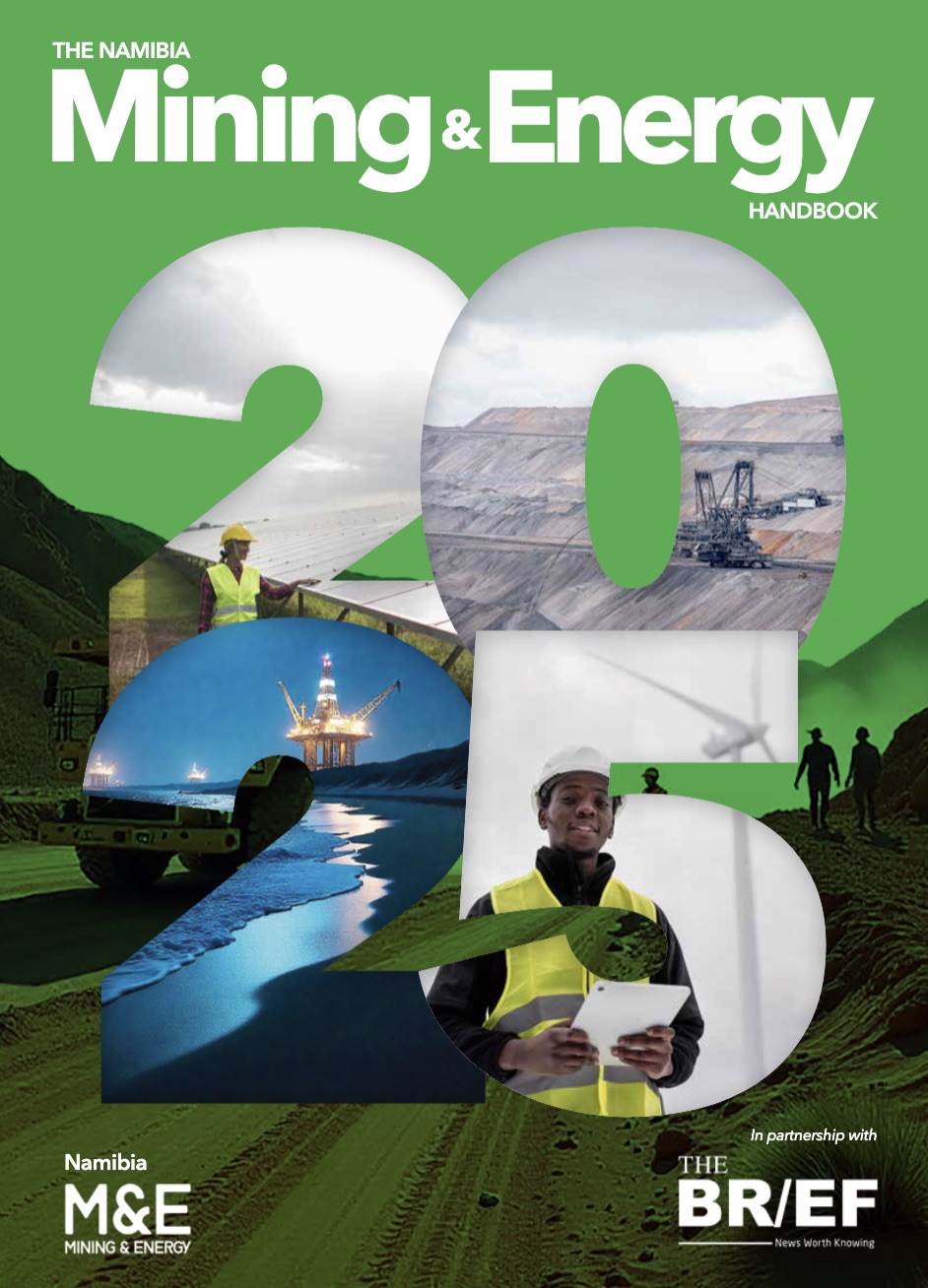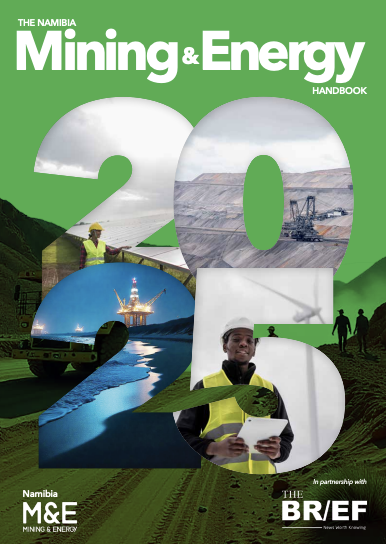
Namibia Marine Phosphate (NMP) executives say the country is losing up to N$3.5 billion in annual tax revenue and 50,000 potential jobs due to government inaction on the approved Sandpiper marine phosphate project.
Chris Jorgensen, Chief Executive Officer of Mawarid Mining, which owns 85% of NMP, said officials are ignoring a court ruling authorising the project.
“In phosphate, there’s a court ruling that says that project must go ahead. And yet you’ve got officials within the system that are actively trying to block it. And this is phosphate that could be used for fertiliser that could be used to make Namibia’s green hydrogen strategy work,” Jorgensen said.
He described phosphate as a strategic mineral with no synthetic alternative, essential for food production and in technologies such as lithium-iron phosphate batteries.
“Phosphate has very simply no synthetic replacement or substitute. And that’s very, very important to understand. What we have is what we’ve got and it can’t be replaced. Thus, making phosphate a strategic mineral,” he said.
According to NMP, Namibia has 3.4 billion tonnes of marine phosphate resources in its exclusive economic zone. Two mining licences, ML170 and ML159, issued in 2010 and 2011, cover much of this area.
NMP Chief Operating Officer Mike Woodburn said the project has been blocked by unproven claims from the fishing industry.
“For years this phosphate project has not been allowed to go ahead. It has been kept back under the guise of fishing, even though there is no evidence whatsoever that this phosphate project has a negative impact on fish or the fishing industry,” Woodburn said.
A study by Stratecon projects the phosphate industry could boost GDP by 9%, add N$18.7 billion in export revenue, and create 18,000 direct and 32,000 indirect jobs within five years.
“If we cast our minds back 30 years ago, we understand where the uranium industry was at. But what it’s now developed as a cornerstone for Namibia’s economy today. Phosphate can do the same,” Jorgensen said.
NMP says the Sandpiper deposit, 120 km southwest of Walvis Bay, is one of the world’s largest, with reserves of 1.82 billion tonnes grading 19.5% P₂O₅. Approved in 2011, the project faces opposition from fishing and environmental groups over potential marine ecosystem impacts.






